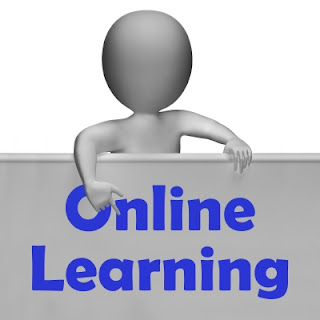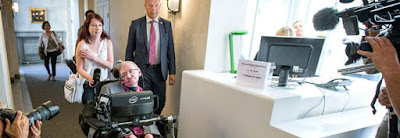 |
| Photo: Illysa Izenberg |
 |
| Photo: Faculty Focus |
Numerous studies have demonstrated that students retain little of our lectures, and research on determining the “average attention span,” while varying, seems to congregate around eight to ten minutes (“Attention Span Statistics,” 2015), (Richardson, 2010). Research discussed in a 2009 Faculty Focus article by Maryellen Weimer questions the attention span research, while encouraging instructors to facilitate student focus.
When I began teaching in 2006, I assumed that students could read anything I say. Therefore, my classes consisted of debates of, activities building on, and direct application of theories taught in the readings—no lectures.
But I noticed that students had difficulty understanding the content in a way that enabled accurate and deep application without some framing from me. In short, I needed to lecture—at least a little. This is when I began the eight-minute lecture. If you’re worried that eight minutes is too long, I discovered that when students experience many short lectures throughout the semester, they learn to focus in those bursts, in part because they know the lecture will be brief.
How to implement the eight-minute lecture
1. Prepare students – Early in the semester, explain your teaching methodology and your rationale for doing things a certain way. This helps manage students’ expectations. Most of my students study engineering and expect to mostly listen to lectures and take notes. They are less accustomed to an active learning environment that involves lots of debates on the readings, small group discussions and report-backs, short reflection papers, quick multiple choice clicker quizzes, problem sets, and/or short lectures.
2. Redesign/rewrite lectures – Review your lectures to identify natural breaks. Where can you pause without losing meaning? How can you use students’ knowledge from their homework and previous learning as a scaffold?
Next, look for areas in your lecture where you talk about something that instead can be learned from an image, video, or interactive activity, and substitute accordingly. Cull through the content until you have eliminated two-thirds of your lecture material.
Read more...
Source: Faculty Focus










































